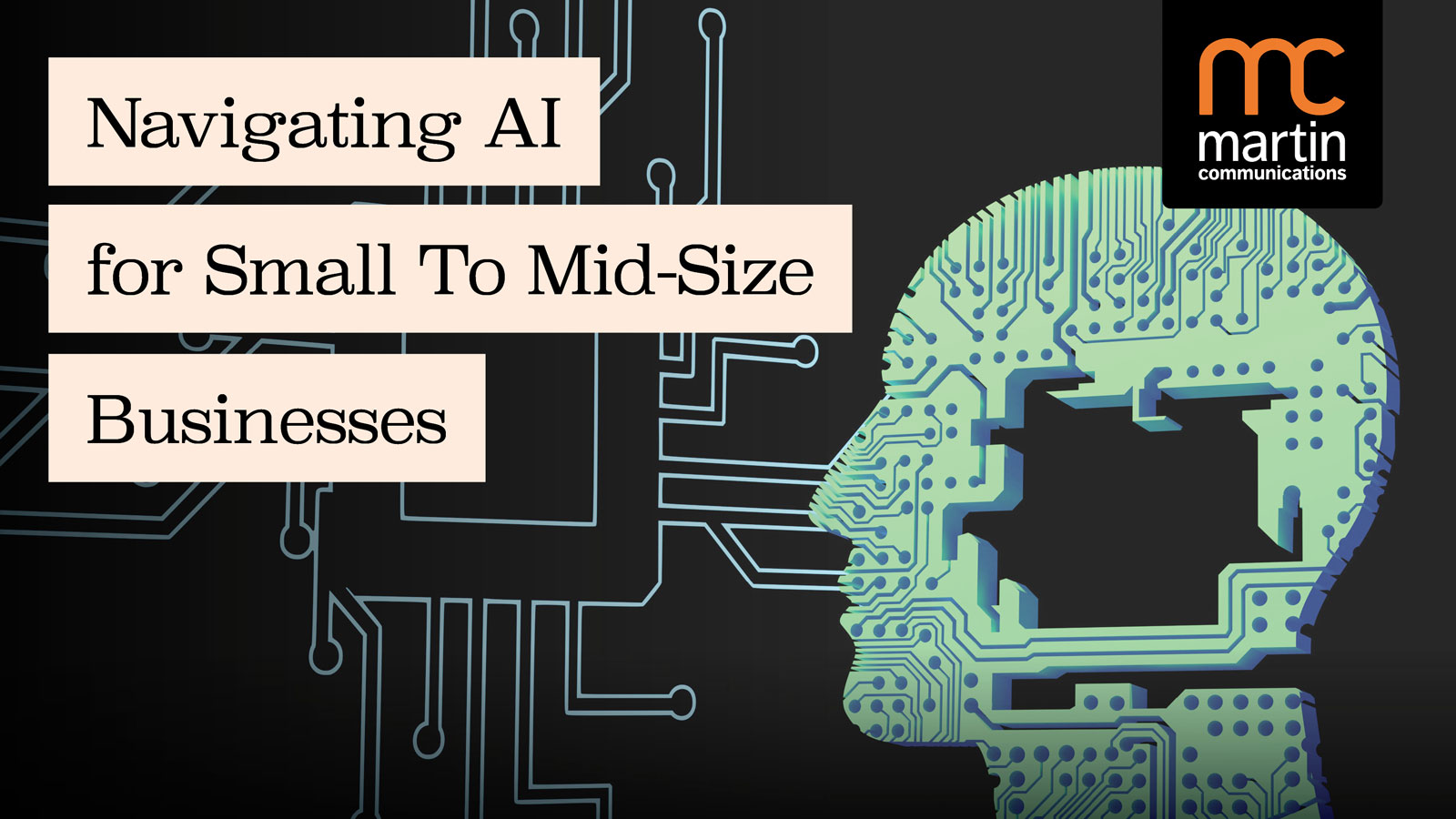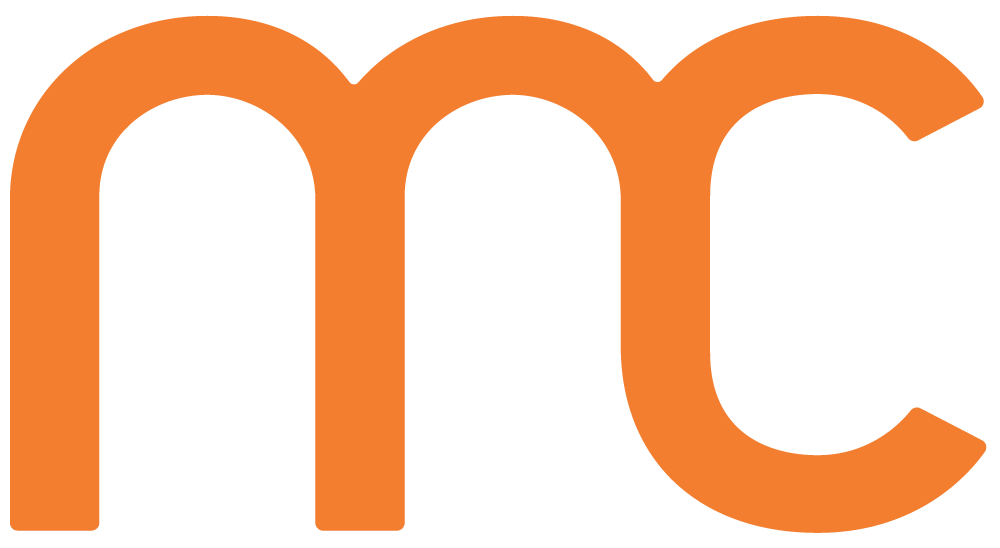
Artificial intelligence (AI) has emerged as a transformative tool in the modern business world. Its tentacles spread wide and far, from chatbots for customer support to predictive analytics for market trends. However, with its myriad benefits come ethical, logistical, and operational considerations. For small to mid-size companies, striking the right balance is essential to ensure that AI is an enabler rather than a disruptor.
Understanding AI’s Role
Before diving headfirst into AI, companies must identify the problems they are trying to solve. Is it enhancing customer interaction? Streamlining internal processes? Generating new ideas for sales and promotion? Or predicting market fluctuations? By narrowing down the focus, businesses can avoid unnecessary costs and complexities.
Suggested Use Case: For a retailer, using AI to forecast inventory needs based on historical sales data and upcoming local events can ensure that they neither overstock nor run short.
Ethical Considerations
Every company, regardless of size, should have ethical guidelines for AI usage. This encompasses data privacy, transparency in AI decision-making, and ensuring AI doesn’t perpetuate biases.
“AI is an incredible advancement, but at Martin Communications, we recognize its strength lies in how we use it. Our ethical guidelines ensure that AI serves as an extension of our team, not a replacement. It’s our commitment to use this technology in a way that amplifies potential, aligns with our core values, and continues to foster the deep relationships we’ve built over the years. AI might be the tool, but our shared principles and dedication drive the narrative.” Barb Martin, President, Martin Communications
Suggested Use Case: A hiring firm might use AI to sift through resumes. Their guidelines should ensure the algorithm doesn’t favor or discriminate against candidates based on age, gender, or ethnicity.
Start Small and Iterate
Small to mid-size businesses (SMBs) don’t need to invest in large-scale AI projects immediately. Starting with smaller projects, gauging their effectiveness, and iterating based on feedback can lead to more refined and successful AI integrations.
Suggested Use Case: A local café could introduce a chatbot on its website to answer frequently asked questions about menu items, hours of operation, or special events.
AI as a Collaborative Tool, Not a Replacement
A common misconception is that AI threatens human jobs. AI’s primary role in small to mid-size businesses is as a support mechanism. It takes over mundane, repetitive tasks, allowing employees to focus on more strategic, creative aspects of their roles. Instead of replacing people, AI amplifies human potential, making teams more efficient and effective.
“In the world of art and design, inspiration has countless sources. With AI, we’ve added another brush to our kit that broadens our visual storytelling capabilities. It’s not about machines taking over creativity; it’s about enhancing our vision, refining our ideas, and pushing the boundaries of what we can visualize. AI is a collaborative partner at Martin, ensuring our creative spirit remains undiminished and ever-evolving.” Michael Keesee, Art Director, Martin Communications
Suggested Use Case: An event management company might use AI to handle logistical details like scheduling, venue comparisons, or attendee management. This frees the human team to focus on event themes, client interactions, and other high-value tasks requiring a human touch.
Employee Training and Engagement
AI’s introduction should be accompanied by staff training. This enables employees to utilize the new tools effectively and emphasizes the complementary nature of AI and human roles, mitigating fears and fostering collaboration.
Suggested Use Case: A community bookstore could train its staff to use an AI-powered recommendation system, enhancing customer experiences by offering titles based on previous purchases and preferences.
Continuous Review and Feedback Integration
AI isn’t a “set it and forget it” tool. SMBs should have mechanisms in place to regularly review the tool’s performance, gather feedback from stakeholders (both internal and external), and make necessary adjustments.
“Consistent review and feedback are crucial with AI. Like any strategy, its effectiveness lies in our ability to adjust and refine based on real insights.” Barb Martin, President, Martin Communications
Suggested Use Case: A financial consultancy firm might use AI to predict market trends. Regular review sessions could assess the accuracy of these predictions and adjust parameters accordingly.
Collaborate and Learn
Engaging with AI experts, attending workshops, or collaborating with tech firms can provide valuable insights. SMBs should always be on the lookout for learning opportunities to stay updated and ensure they’re leveraging AI’s potential responsibly.
Suggested Use Case: A regional political advocacy group might collaborate with an AI specialist to analyze social media trends and public sentiment. This partnership could enable them to tailor campaigns more effectively, engage with constituents on pressing issues, and monitor real-time shifts in public opinion.
AI is no longer the exclusive domain of tech giants. With the right approach, guidelines, and commitment to ethical and responsible use, small to mid-size companies can harness AI’s power to boost efficiency, improve customer experience, and drive growth. It’s a tool to elevate human potential, ensuring that businesses thrive and maintain their unique human touch.
Ready to explore the potential of AI for your business without losing the personal touch? At Martin, we bridge the gap between technology and authentic relationships. Let’s chat about how we can help your business embrace AI responsibly.
